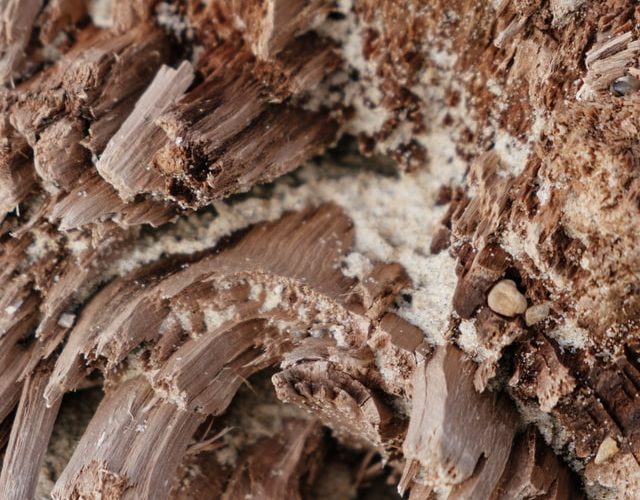Many methods of termite fumigation are available, including Bait stations, Tents, and Liquid termiticides. But which one is the most effective? What’s the best time to use these methods? Here are a few tips for homeowners and contractors to keep their homes safe. Before using pest control chemicals, be sure to read all labels or better hire an exterminator Key West. Pest control fumes can enter your home through common drains, interior doors, storage cupboards, curtains, and blinds.
Tent fumigation
Tent fumigation is an effective technique for eradicating pests in a home. This process is not without its limitations, though. Before the tent can be used, you need to follow specific guidelines. First, you must trim all vegetation around the house to give the tent space to seal off the foundation. Next, remove all indoor plants because the fumes from the tent will kill the plants. In addition, your exterminator needs access to all parts of your house, including any safes and gun cabinets. Finally, you should move any valuables from these areas, as well as anything else that can cause the tent to leak.
Before the treatment, you should also remove any clothing, silverware, and dishes. The fumigant will only be effective if there is no water present. Moreover, it would be best if you fixed any leaks that might be active in any part of the house. Besides that, you should make sure that you remove any house plants and pets that could be attracted to the fumigant. Your family could be at risk if you do not follow these tips.
Liquid termiticides
When performing termite fumigation, it is essential to follow the proper techniques. Liquid termiticides must be mixed with a foaming agent and applied to the outside of a structure. The correct amount depends on the hardness of the water. A foam applicator is required to apply the foam. Most termiticides have instructions on their labels for foaming.
You should use a non-repellent aerosol foam or spray when applying these chemicals. This type of liquid termiticide contains chlorfenapyr, which stops termite cells from producing energy, thus preventing them from doing their job. Termites may contact the foam, but they do not die immediately. If they survive, they carry it back to their colonies, so it will not have the same effect as a liquid termiticide.
Bait stations
Although numerous termite fumigation methods exist, bait stations are perhaps the most popular and effective. Bait stations are installed into the ground and should become a permanent part of the ecosystem. The longer the bait stations are in place, the better the chances of success. However, this technique requires patience and persistence on the homeowner’s part. A proper baiting program should continue until signs of infestation have disappeared.
In addition to destroying the active termite colony, baits are more environmentally friendly than chemical treatments. While bait stations are more expensive than soil treatments, they offer longer-term, preventative termite control. However, because baiting is more costly than soil treatments, they require special training and consistent monitoring. In addition, baiting takes longer to see results.
In-ground stations
Termite baiting systems use low doses of slow-acting, non-repellent insecticides to impregnate attractive substrates. In-ground termite fumigation stations are the most common types of termite fumigation techniques. Because these stations are underground, they won’t harm the structure below. However, there are some precautions you should keep in mind before using them.
The use of natural chemicals is another effective technique for termite fumigation. Baiting stations release a poisonous substance into the environment and are not considered a stand-alone treatment. In-ground fumigation stations are more effective than baiting stations because they are slow-acting and last for months. But, if you want long-term residual control, you must use a combination of natural chemicals and bait stations.
Soil treatment
During the initial stage of a new construction project, it is imperative to remove stumps and other debris from the site. Avoid placing wood scraps near crawl spaces or slabs as these are easy targets for termites. This treatment will remove termites from these areas and reduce the overall cost of maintaining your home. During the final grading and paving process, you must keep proper drainage of the site. Water accumulation can compromise the efficacy of termiticide.
Soil treatments are the most effective pre-construction methods against subterranean and dry wood termites. Other types of termites may require fumigation. However, pre-construction soil treatment is the best way to protect your property from attack and damage. Applying a pre-construction treatment is simple and requires little or no specialized equipment. The equipment required includes a 100-gallon tank, a roller pump, an auxiliary motor, hoses, and treating tools.

